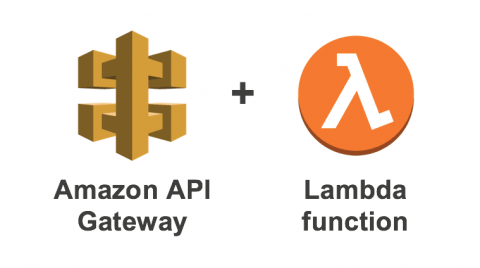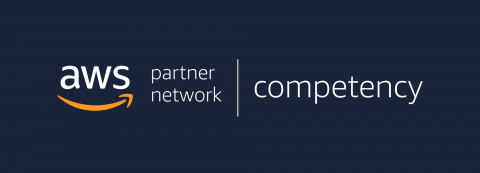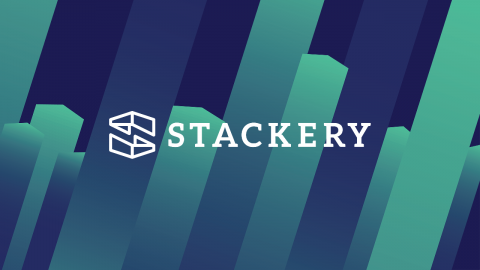Get Going with SNS
Every day that I commute home, I check Google Maps for the next Trimet bus arrival at the usual stop. There’s nothing wrong with this ritual but it always distracts or leaves me stalled for a few empty minutes. Ever the proponent of laziness automation, I decided to build a stack that will do this for me by texting incoming arrival times for my bus home.





